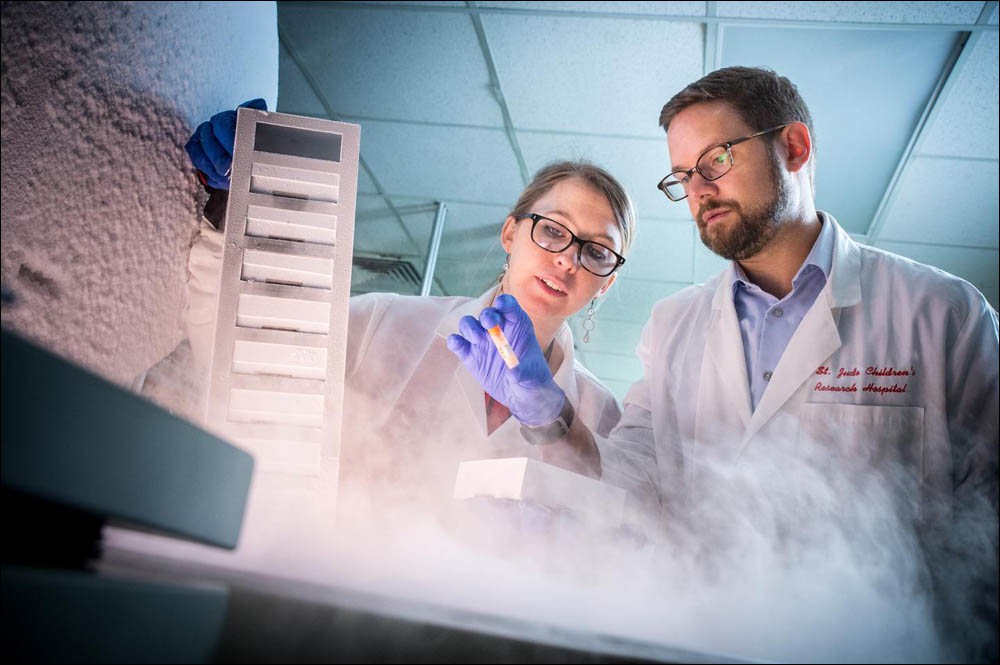Genetic marker may help identify patients at high risk for severe influenza
Adults and children with a particular inherited variation in the IFITM3 gene were more than twice as likely to develop severe influenza than patients without the gene variation, according to research published in Nature Medicine.
Researchers said the marker, known as rs3448114, could be used to help identify patients at risk for severe and potentially life-threatening influenza infections.
“A genetic marker of flu could make a life-saving difference, particularly during severe flu outbreaks, by helping prioritize high-risk patients for vaccination, drug therapy and other interventions,” Paul Thomas, PhD, associate member of the department of immunology at St. Jude Children’s Research Hospital, said in a press release. “These results raise hopes that this newly identified IFITM3 variant might provide such a marker.”
IFITM3 is an antiviral protein that helps protect lung cells from influenza and promotes the survival of killer T cells that clear the infection in airways, according to the release. Previous research demonstrated an association between another IFITM3 variant known as rs12252 and influenza severity in Chinese patients. However, the rs12252 variant is rare among individuals of European ancestry, and its mechanism of action remains unclear, the release said.
To determine the potential role of other IFITM3 variants in influenza, Thomas and colleagues examined data from 393 patients with influenza infection enrolled in three different studies — the FLU09 study (n = 86 children and adults), the Genetech Challenge Study (n = 42 adults) and the PICFlu study (n = 265 children). Overall, the participants ranged from infants to elderly adults aged 70 years with severe (n = 46) or mild disease (n = 347), the release said.
Thomas and colleagues found that patients with the rs34481144 variant were usually infected more rapidly and had more severe symptoms of infection (OR = 2.6; P = .00024) compared with those without the variant. Among participants in the FLU09 study, two-thirds of those with the most severe symptoms had at least one copy of the variant. Meanwhile, the variant was detected in just 32% of patients with milder symptoms, according to the release.
Researchers also observed an association between the variant and fatal influenza infections among participants in the PICFlu study, which included critically ill children with no predisposing conditions who were hospitalized for influenza in one of 31 ICUs in the United States (OR = 2; P = .047). Of the 17 patients in this cohort who died from influenza, 14 carried at least one copy of the variant. In a subanalysis of PICFlu patients of European descent, the association between rs34481144 and mortality increased (OR = 2.43; P = .036), and all carried at least one copy of the variant. The predictive value of the variant is currently being assessed in other countries.
According to the release, rs34481144 is located in a region of IFITM3 that is engaged in the regulation of gene expression. The process involves the binding of proteins and other substances that promote or suppress gene activity, the release said. Thomas and colleagues found that binding of certain proteins such as CTCF, which suppresses gene activity, differed between rs34481144 and the protective variant. The difference in bindings resulted in lower levels of the IFITM3 protein among participants with two copies of the high-risk variant compared with other participants. In the FLU09 study, patients also had fewer killer T cells in their upper airways, the release said.
“While this research focused on flu infections, the mechanism we identified has implications for regulating many genes involved in antiviral activity,” Thomas said. “CTCF has gained prominence in recent years as a master regulator of genomic organization. Evidence in this study suggests the high-risk variant we identified may be part of a larger network of CTCF binding sites involved in regulation in other genes with antiviral activity.” – by Stephanie Viguers
Disclosure: Thomas reports no relevant financial disclosures. Please see the full study for a list of all other authors’ disclosures.

